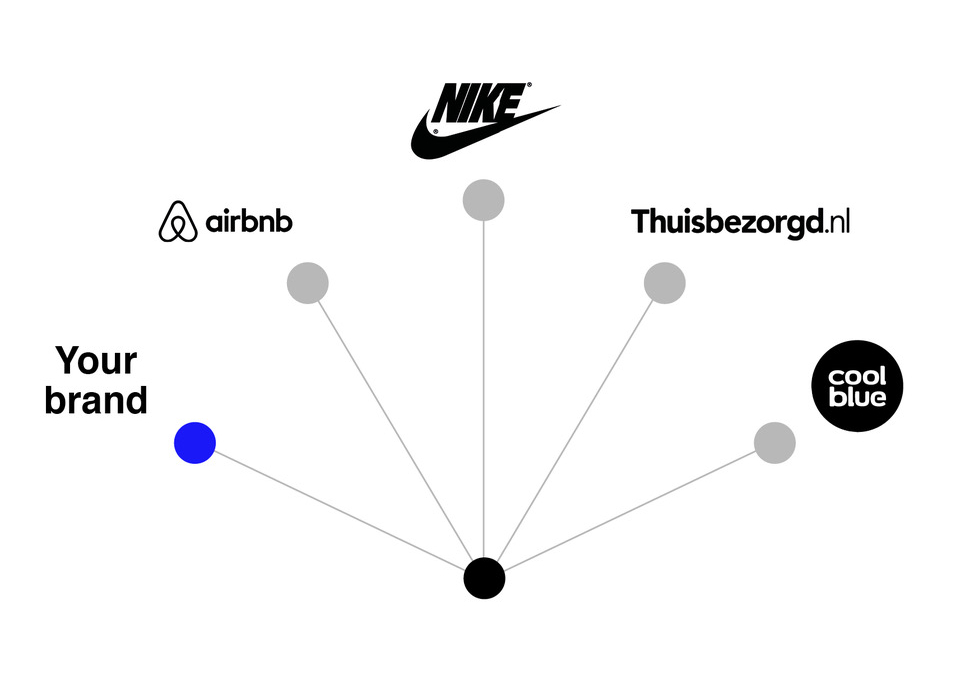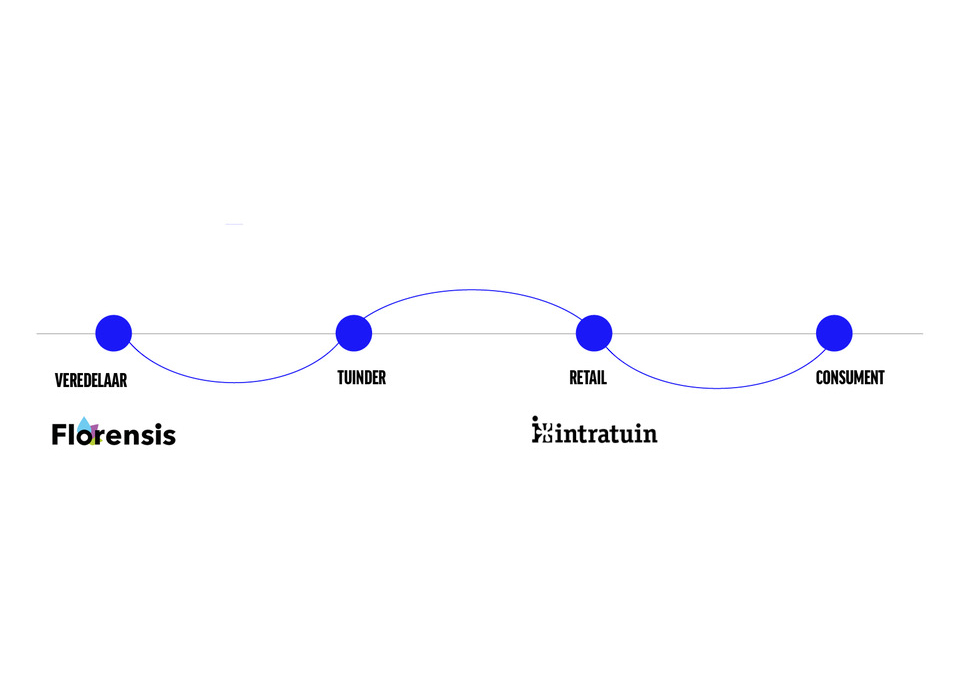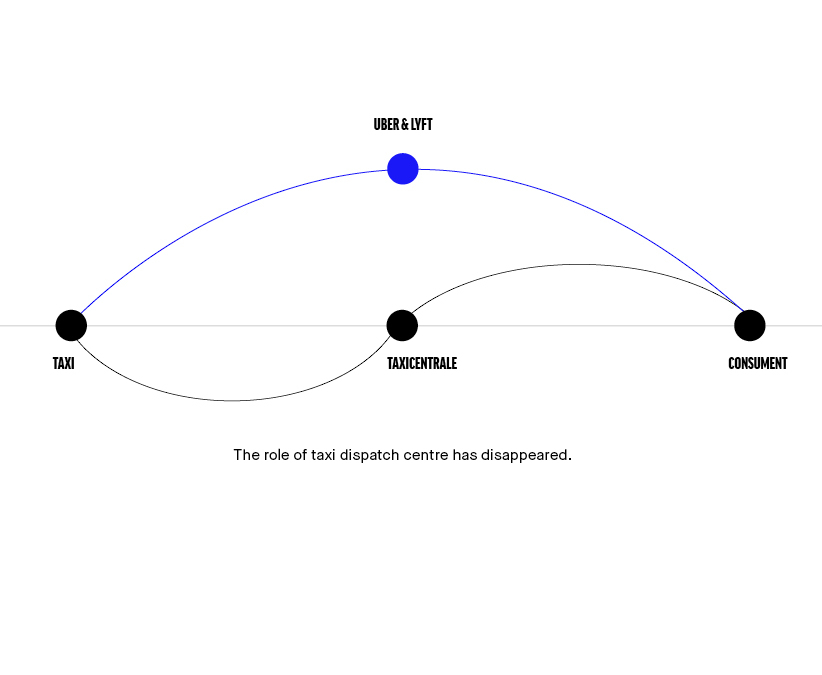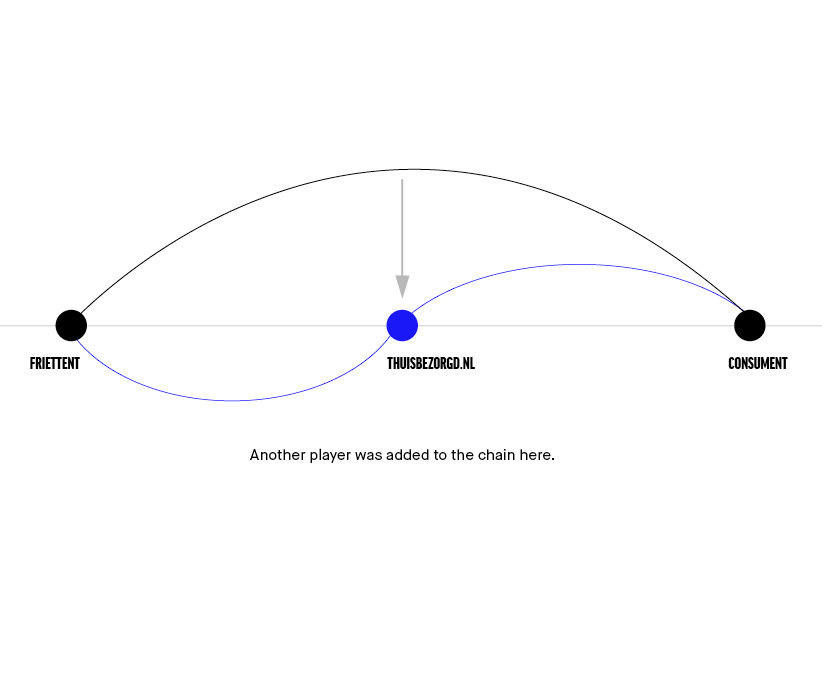B2B commerce is characterised by a traditional, almost romantic way of doing business: sales reps with specialised knowledge travel around the country with a story and forge and maintain customer relationships.
But just like in all other sectors, a digital, data-driven change is taking place in B2B commerce: the competition is coming from different fronts and customers are getting more and more demanding due to their own personal experiences with B2C companies that are much further along. At the same time, the position in the value chain of many B2B businesses is changing. This poses certain challenges, but also offers opportunities. The trends listed below show the most important developments in B2B commerce and serve as inspiration to make that all-too-necessary changeover to digital.
But just like in all other sectors, a digital, data-driven change is taking place in B2B commerce: the competition is coming from different fronts and customers are getting more and more demanding due to their own personal experiences with B2C companies that are much further along. At the same time, the position in the value chain of many B2B businesses is changing. This poses certain challenges, but also offers opportunities. The trends listed below show the most important developments in B2B commerce and serve as inspiration to make that all-too-necessary changeover to digital.
1.Increasing competition
Lately DEPT® has been receiving frequent requests for help with the design of corporate start-ups. Funnily enough, all of these have been from B2B businesses. They are brands that want to reinvent themselves because they have to catch up with B2C businesses, which are characterised by high quality, short cycle sales and marketing, plus larger groups of individual decision makers/customers. B2B customers also use services like Uber and Airbnb and expect similar user experiences from a B2B platform. In fact, there is a huge gap that needs to be closed.
Customers increasingly want to be able to compare and buy online, but B2B marketing is currently mainly about people. Companies like Florensis and Brenntag have customer-facing account managers who have known their customers for 20 years. They get together for coffee and the account managers give advice. So, at these companies, it is not just about buying a product or service, but also about advice and customisation. A premium service, if you will. At these businesses, much effort goes to the top segment, the major customers with large orders, often with products tailored to the customer, but the entire middle segment, which represents a huge turnover, could actually be offered digital services, including premium ones.
While B2C businesses are under pressure and platforms like Amazon and Zalando attract more and more business, there is plenty of potential for growth for B2B marketing. On top of that, taking action is imperative, there really is no way around it. Digitally, the B2B market still has a lot of growing up to do. Old business models still exist and the underlying technology tends to be outdated. Faxing is still very common, for example. So, B2B must really learn much faster than everyone is used to. That requires a lot of investments, but it must be done because the competition is doing the same and the B2B customer is more and more likely to choose providers who offer the best service at the lowest price.

Companies are increasingly using corporate startups as a vehicle for achieving this. Setting up a ‘sub-brand’ outside the company’s own structures, such as New10, is now the trendy thing to do. But, depending on how much catching up, organisation and knowledge is required, it could also be a department within the existing corporate structures. No matter the choice, it should eventually become the core business.
2.Digital transformation of your organisation
Digital transformation requires different skills. The ‘real’ work is (partly) replaced by people who build ‘the machine’ and have the ability to view business models and customer relationships as concepts. They are the ones who find solutions in UX, data, AR, etc. Previously, sales representatives had to be trained and they had to build customer relationships themselves, but these processes are becoming increasingly data-driven. If, as B2B marketer, you are already able to sort out your data centrally, you will have to re-train all your people to plug this data to the customers. Of course, it is much easier if this is done digitally and automatically.
The market is becoming more and more transparent. It is easy to find out what you can get and what something costs. That means that, as B2B business, you will have to distinguish yourself in a different way. B2B marketing is characterised by sales reps who give specific advice to clients. And these are exactly the kinds of things you should be offering online. Using data, you can also automate and continually update and optimise this advice, leaving you more time to provide larger customers with excellent service. Ultimately, the knowledge will be stored in a database rather than in just the one person.
A good example is the trend that sees static prices turning into dynamic ones based on factors such as inventory, planning, market prices, parts, season, requirements and competitors. These are all variables you can put into a dynamic pricing engine. The model is becoming more intelligent by the day. So, the skill shifts from selling to managing the dynamic model.
But if everyone starts implementing this technique, the question will be: are you still distinguishing yourself from the others? Your touch points are everything, so design is equivalent to sales. It is essential that anyone in B2B management gets to grips with this as soon as possible. So, if you launch a corporate startup, don’t base it on the traditional business model of the parent company because then you are just a clone of the corporate parent.
Innovate, keep up and make sure you stay ahead of the game. There are huge opportunities everywhere. Digital transformation is not just about the front end, but also about the numerous background processes. It’s all about the human-process-technology switch. You need to get a move on and learn – as fast as you can!
3. Innovation
A German company that sells components for lifts has a team of installers to periodically expect the lifts. Nowadays, the status of the lifts can also be checked using sensors. That information is then linked to the product catalogue and the sensor indicates what part needs replacement. In the old days, the lift would have been out of service for repairs for a week, but now, thanks to the link between the systems, there has been a huge increase in efficiency.
This is an example of the omni-channel trend in the B2B sector, which shows an increase in the data flows between the customer and supplier, meaning inventory management can be automated and making it possible to supply products that meet extremely specific requirements. It also reinforces the bond between the supplier and customer. An added bonus is that you are actually creating more than just a digital version of the old business and you can use your own sales data and your customer’s data to improve the advice you give to your customer. You are adding value in entirely new ways.
Bonus meta trend: B2B2C
Florensis ‘creates flowers’: they use seeds and cuttings to grow small plants, which they then sell to horticulturists. The horticulturists then grow them into larger plants. Next, they sell the plants to retailers such as Intratuin, which, in turn, sell them to the consumer. Florensis has started concentrating more on the deal with the retailer. At the same time, you get retail startups like Bloomon, which go straight to the horticulturist and the breeder. So, the competition comes at you from two sides: from new, consumer-facing companies on the one side and companies that actually have the source on the other. As a result, B2B business quickly touches B2C business, which is a new phenomenon in many sectors.

And even though it is not actually a new phenomenon in the taxi industry, you notice that clubs like Uber and Lyft have a solid grip on both the B2B and the B2C side – all through the use of a single, solid app that communicates with both sides. It is a kind of ‘meta’ competition that affects the business model. That means not only doing things smarter and faster, or that the UX should be solid, but that you, as a B2B marketer, must decide what your position is, which service you should work on and perfect and which kind of business you need to let go.

At the same time, we are seeing a movement in the other direction, with the addition of a party, such as JustEat. You used to go and get fish and chips around the corner, now there is a one-stop-shop for all your takeaway needs. So, as a party, you want a strong connection with your end customer, but you also want to have a say in the basic product, so you can get as much as possible from the value chain and influence it wherever you can.

It doesn’t matter if they are new players or existing players, you tend to see fewer and fewer players in the same value chain: it’s a dog-eat-dog world out there.
In short, digital transformation is essential. It is important to work with all the ingredients required for a digital business (data, inspiration, UX, etc.). In addition, B2B businesses need to look at their strategic position in the value chain and check what this means for the business model. What will you be emphasising? UX? Data? Which partnerships will you be entering into? Which ones will you avoid? One thing is clear: you must seriously get started on B2B Commerce as soon as you can.
This article was written by Tim de Kamper and Jeroen Heydendael.
Like to know more about what B2B can learn from Commerce? Join our DEPT® Talks on July 12th in Amsterdam.
More Insights?
View all InsightsQuestions?
Global SVP Technology & Engineering





